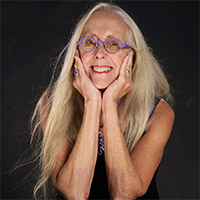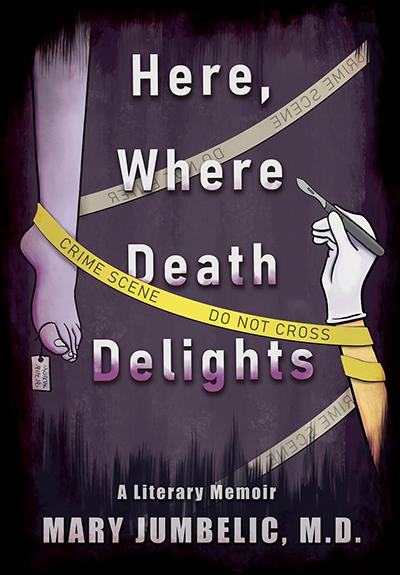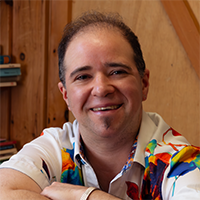 Here, Where Death Delights
Here, Where Death Delights
Have you ever noticed the child safety labels on those five-gallon plastic buckets from the hardware store? We have Dr. Mary Jumbelic to thank for those. Early in her training as a forensic pathologist, she wrote the crucial scientific paper that warned pediatricians and parents that toddlers could drown in buckets because they were too top-heavy to pull themselves out. Her fascinating memoir Here, Where Death Delights chronicles many such triumphs of medical detective work.
Jumbelic's author bio ends with the motto, "She speaks for the dead. They speak for her." While some might take refuge in gallows humor or jaded numbness to cope with the gore and tragedy of this job, Jumbelic held fast to the humanity of everyone who wound up on her dissecting table. Keeping her heart as well as her mind open, she was able to see the bodies in her morgue as real people, which gave her an advantage in reconstructing how they met their deaths.
Her father's death when she was 13 set her on the course of solving medical mysteries. He'd gone into the hospital for a blood clot in his leg, but then the doctors found lung cancer. He died from heart failure while under anesthesia to remove the tumor. Too many questions remained about what they should have known and when. She surprised her teachers and the morgue workers by being the first high school student to choose the Medical Examiner's Office for her career day internship. Holding a cadaver's heart in her hands for the first time, she lost her squeamishness when she imagined the deceased as a human being like her father, with a family desperate for answers. She went on to become one of the first female experts in the field.
Warmer domestic scenes with her husband and sons punctuate the forensic case studies, providing an autobiographical timeline as well as a welcome relief from the grimmer stuff. Her family's Jewish faith helps her treat her work as a sacred obligation to the deceased. Jumbelic also helped recover and identify bodies from notable mass death incidents including the TWA Flight 800 crash near East Moriches, NY in 1996, the 9/11 World Trade Center attack in 2001, and the 2004 Indian Ocean earthquake and tsunami that devastated coastal communities in India, Thailand, Indonesia, and Sri Lanka.
Despite this temporal scaffolding, I found the book's structure too episodic. It reminded me of an older style of television drama, where every episode had to be self-contained because the reruns would be syndicated in random order. I would have appreciated some broader analysis about common themes among these individual cases, and any significant changes in social attitudes or technology that affected how certain crimes were investigated. As a scientist, she tried to be rigorous about sticking to the data in front of her, without speculation; as a writer, those leaps of imagination are needed to take a memoir from good to great.
The medical description is graphic, though not lurid. Readers can expect to encounter many sliced-open skulls and bags of body fluids, as well as painful topics like gun violence, sexual assault, and child death. I finished this book grateful that there are professionals like Dr. Jumbelic who dare to wade into the muck of human embodiment so that the dead receive some measure of justice and closure.
Read an excerpt from Here, Where Death Delights (PDF)
Buy this book on Amazon.








